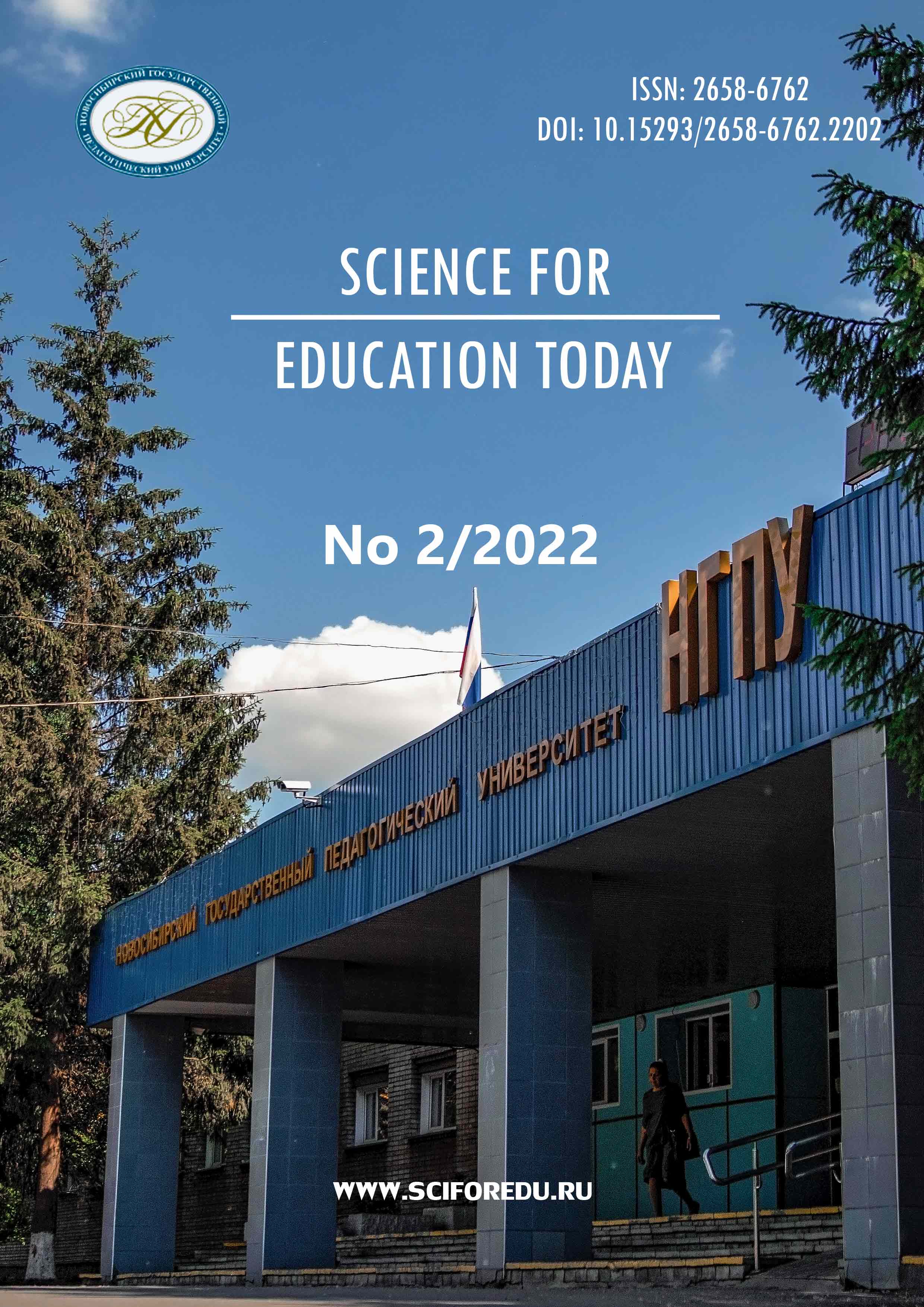Оценка эффективности использования фитонцидных свойств растений для снижения микробной обсемененности воздуха с целью минимизации риска заболеваемости детей в условиях детских организованных коллективов
Evaluating the effectiveness of using phytoncides to reduce microbial contamination of indoor air in order to minimize the risk of illnesses in preschool educational settings
Author(s): Natalya Fedorovna Chuenko, Maria Aleksandrovna Lobkis, Natalya Vladimirovna Tsybulya, Tatyana Dmitrievna Fershalova, Irina Igorevna NovikovaSubject(s): Preschool education, Sociobiology
Published by: Новосибирский государственный педагогический университет
Keywords: Preschool educational settings; Microbial saturation; Total microbial count; Facultative microflora; Phytoncide activity; Indoor plants;
Summary/Abstract: Introduction. Due to the high prevalence of respiratory diseases in children attending pre-school educational settings, the problem of their prevention is especially important. Taking into account the fact that children spend between 6 and 8 hours a day in pre-school educational institutions, one of the risk factors of respiratory diseases is the microbial contamination of indoor air. The analysis of Russian and international scholarly literature revealed the positive impact of phytoncide properties of plants on the quality of indoor air and on the psycho-emotional state of a person, however, due to the lack of experimental evidence, the practices of using healing properties of plants in children's organized groups have not been widely adopted. The results of this study confirm that the rational placement of a certain range of plants in preschool classrooms can become a promising and low-cost direction in the structure of a health-saving approach in the modern system of preschool education. The purpose of the study is to evaluate the effectiveness of phytoncides of a particular range of plants and their placement in reducing microbial contamination of the air in pre-school education settings. Materials and Methods. To study the effect of phytoncide activity of plants the authors monitored the microbial contamination of air in preschool classrooms from two kindergartens in Novosibirsk, with the main focus on the leaf area of the established range of plants and conditions of their placement. For quantitative and qualitative analysis of air microflora composition we used standard differential-diagnostic nutrient media, methods of seeding and calculation of the proportion of total microbial count and facultative microflora. Air sampling points were located in the child's breathing zone (0.5, 1.5 and 3 m away from the plants at 0.8 m height). We monitored the effectiveness of phytoncide properties of plants on the risks of children's disease during the epidemiological rise based on attendance logs. The following theoretical research methods were used: formalization, generalization, comparison and system analysis. Results. It was found that phytoncides reduce microbiological insemination of preschool classrooms where a certain range of phytoncide plants were located. It was determined that the intensity of the phytoncide effect depends on the leaf surface area and their rational distribution, taking into account the effective radius of exposure. The study found a decrease in respiratory diseases among children at preschool educational settings where phytoncide plants were placed in the classrooms. Conclusions. The results of the study can be employed in recommendations for the use of a certain range of plants with pronounced phytoncide activity as one of the components of health-saving conditions in the modern education system.
Journal: Science for Education Today
- Issue Year: 12/2022
- Issue No: 2
- Page Range: 152-171
- Page Count: 20
- Language: Russian

